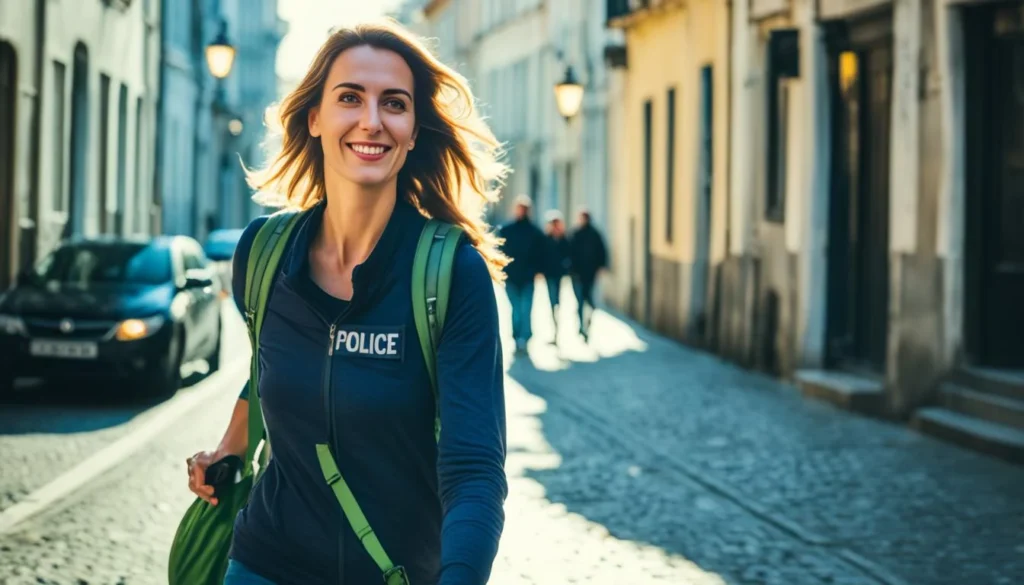Solo Travel on a Budget: How to Save Money Without Compromising Safety
Embarking on a solo journey offers unparalleled freedom and self-discovery. However, balancing budget constraints with personal safety is paramount. By implementing strategic planning and adopting mindful practices, you can explore the world economically without jeopardizing your well-being.
1. Plan and Research Thoroughly
Understanding your destination’s cultural norms, cost of living, and safety landscape is crucial. Delve into travel blogs, forums, and official tourism websites to gather insights. This knowledge aids in budgeting accurately and identifying potential risks. As highlighted by Under30Experiences, “Researching your destination gives you the advantage of knowing what to expect when it comes to cultural customs, things to be aware of, current status of the country, and more.” Caroline Rose Travel+1Under30Experiences+1
2. Opt for Budget-Friendly Accommodations
Consider alternatives to traditional hotels, such as hostels, guesthouses, or platforms like Airbnb. These options often provide affordable rates and opportunities to connect with fellow travelers. Additionally, house-sitting or pet-sitting arrangements can offer free lodging in exchange for caretaking duties. For instance, Silvi Drebenstedt and Lucas Roth saved thousands by using Trusted Housesitters during their global travels. The Sun

3. Utilize Public Transportation
Public transit systems are typically more economical than taxis or rental cars. Familiarize yourself with local routes and schedules to navigate efficiently. Walking or renting bicycles also presents cost-effective and immersive ways to explore urban landscapes. As noted by The Travelling Lark, “Use public transport instead of taxis. Walk or rent a bike to explore cities on a budget.” travellinglark.com
4. Be Vigilant with Personal Belongings
Solo travelers can be targets for theft. Always keep your belongings secure and within sight. In crowded areas, carry backpacks or purses in front of you. When resting on public transportation, hold your bag in your lap or use it as a pillow. SAI Programs advises, “If you sleep on public transportation, keep your valuables close to you.” Under30ExperiencesSAI Programs+1Travel Taste Feel+1sunsetsabroad.com+1SAI Programs+1
5. Prioritize Safety Over Savings
While budgeting is important, never compromise on safety. Avoid walking alone at night in unfamiliar areas and be cautious when accepting invitations from strangers. Investing in a reputable travel insurance policy can provide peace of mind and financial protection in emergencies. As emphasized by Artsy Traveler, “You never want to compromise your safety to save money.” Artsy Traveler
6. Stay Connected
Maintain regular communication with friends or family members, informing them of your itinerary and check-in times. Carrying a portable charger ensures your phone remains operational, allowing you to access maps, contact emergency services, or use translation apps when needed. Sunsets Abroad recommends, “Make sure that you have your phone on you at all times and that the battery isn’t going to die.” sunsetsabroad.com
7. Embrace Local Cuisine Economically
Dining at local eateries away from tourist hotspots often results in authentic meals at lower prices. Utilizing local grocery stores for snacks or picnic supplies can further reduce food expenses. Matt Kepnes, known as Nomadic Matt, advises following the “five-block rule” for dining: “The best and cheapest food is found five blocks from any major tourist site.” Condé Nast Traveler
8. Leverage Free Activities
Many cities offer complimentary attractions such as museums, galleries, walking tours, and festivals. Engaging in these activities enriches your travel experience without straining your budget. Research local event calendars or visit tourism offices upon arrival to discover free offerings.
By integrating these strategies into your travel plans, you can enjoy fulfilling and secure solo adventures that respect both your budget and personal safety.
Best Travel Insurance for Solo Female Travelers: Key Considerations

